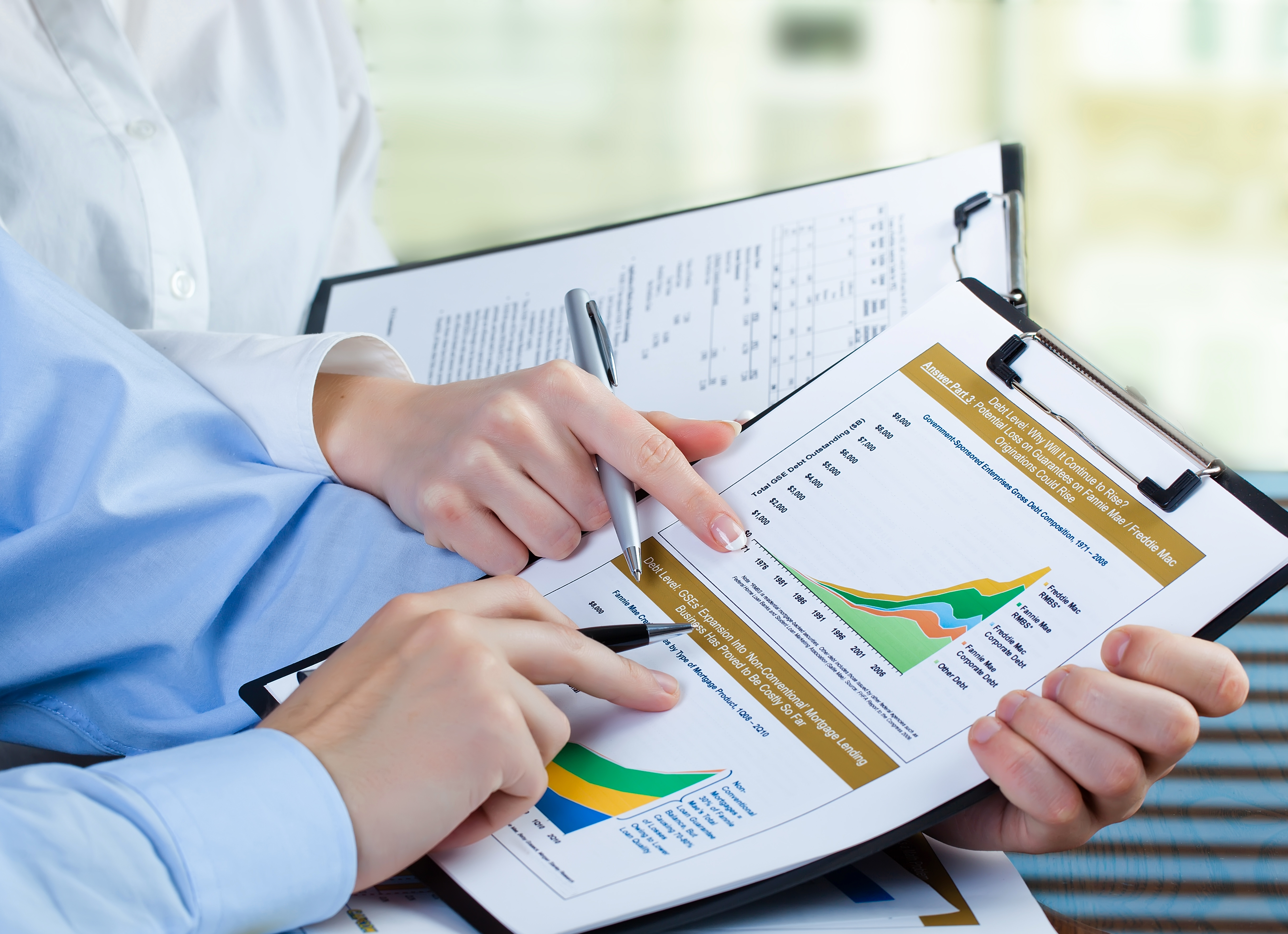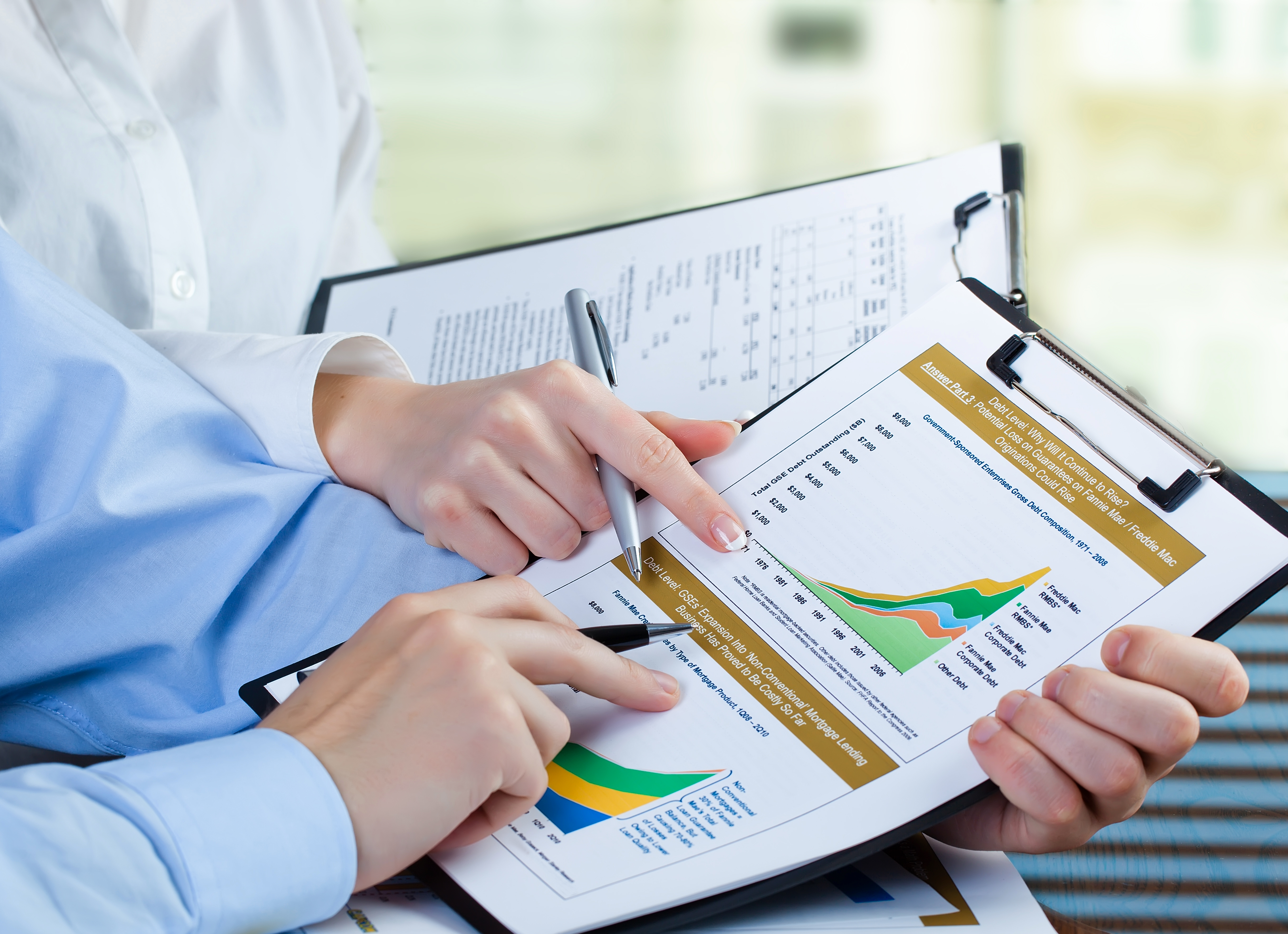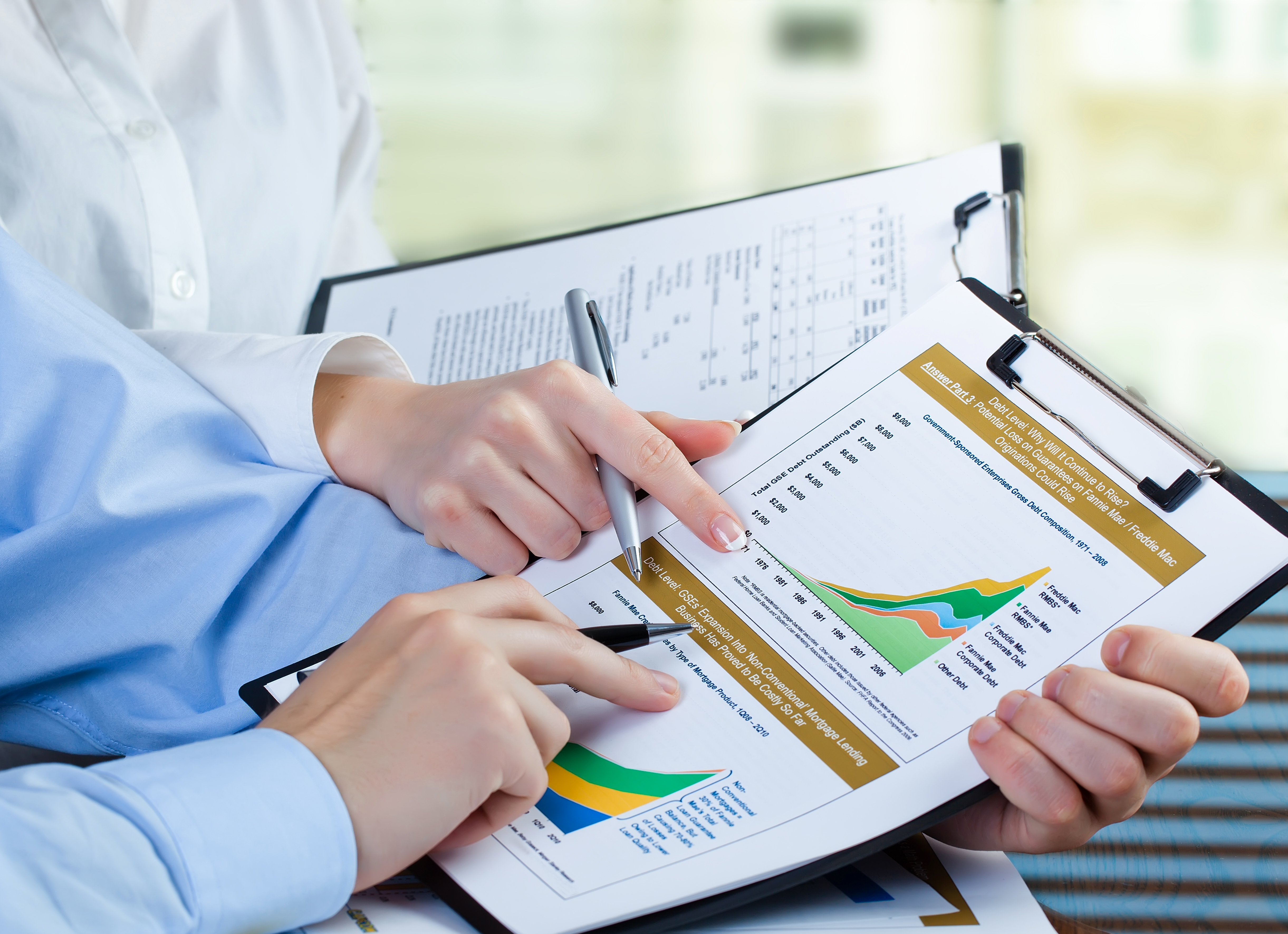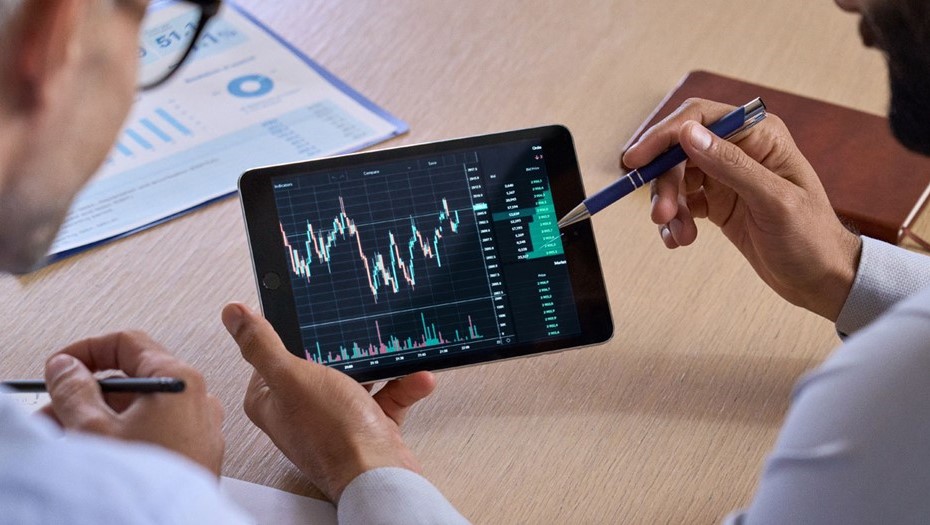Real and Nominal GDP: What is the Difference and Which is More Important for a Country?
Main Conclusion: Nominal GDP reflects the total value of production at current prices, accounting for inflation, whereas real GDP, adjusted for a price index (deflator), shows the actual volume of output. For analysing economic dynamics, real GDP is more crucial; however, nominal GDP is necessary for assessing budget revenues and debt levels.
1. Definition of Nominal and Real GDP
1.1 What is Nominal GDP?
Nominial GDP refers to the value of all final goods and services produced within a country over a year, measured at current prices. It increases with production growth and rising prices (inflation). For instance, if a country produces 1 million tonnes of steel at $500 in 2024, the nominal GDP would be $500 million. In 2025, with a price increase to $550, the nominal GDP would rise to $550 million (+10%).
1.2 What is Real GDP?
Real GDP adjusts nominal GDP for changes in price levels using the deflator. If the deflator equals 1.1 (indicating a 10% price increase), the real GDP at base year prices would remain at $500 million, reflecting unchanged production levels.
1.3 Interrelationship
Nominial GDP is important for budget planning, while real GDP is necessary for evaluating output growth and comparing changes over time.
2. Calculation Methods and Price Indices
2.1 GDP Deflator
The deflator is calculated as (nominal GDP / real GDP) × 100%. It indicates price changes across the entire economy, including investments and government expenditures.
2.2 CPI vs. Deflator
The Consumer Price Index (CPI) only reflects the prices of a consumer basket. The GDP deflator has a broader scope, encompassing all goods and services.
2.3 Base Year Recalculation
When the base year is changed, real GDP is recalculated using new prices, which helps eliminate distortions in long-term analyses. For example, a recalibration from 2010 to 2015 altered the growth dynamics of several countries by 0.2–0.3 percentage points.
3. GDP Growth Indicators and Their Interpretation
3.1 Annual and Quarterly Growth
Annual growth (y/y) reflects output changes over a year, while quarterly growth (q/q) illustrates changes from the previous quarter. For developed countries, an annual growth of 2–4% signifies stability, whereas 5–7% is typical for developing nations.
3.2 Example of the USA (2021–2024)
In the USA, real GDP grew from $20.9 trillion in 2021 to $22.7 trillion in 2024 (approximately 2.7% annual growth), while nominal GDP rose from $23 trillion to $26 trillion (approximately 4.3% annual growth). This reflects a successful recovery from the pandemic coupled with high inflation rates.
3.3 Nominal vs. Real
Nominal growth surpasses real growth during periods of inflation. In the USA, the gap reached 3 percentage points in 2021–2022 due to surges in energy and food prices.
4. The Impact of Inflation and GDP Deflator
4.1 How Inflation Distorts GDP
Nominal price increases create an illusion of economic growth. Real GDP strips away price distortions to provide a clearer insight.
4.2 The Importance of the Deflator
Real GDP serves as a fundamental indicator of macroeconomic stability and policy effectiveness, essential for long-term forecasting.
4.3 Green GDP
The term “green GDP” accounts for the damage caused by pollution and resource depletion. In Sweden, when transitioning to "green GDP", the nominal figure is adjusted downwards by -0.5–1%.
5. GDP per Capita and Quality of Life
5.1 Calculation and Significance
GDP per capita is calculated as real GDP divided by population. In 2025, at $1.03 trillion with a population of 145 million, it would be approximately $7,100.
5.2 Social Indicators
The Human Development Index (HDI) is used to gauge quality of life; in 2023, Russia ranked 52nd with an HDI of 0.824. The combination of GDP per capita and HDI provides a more comprehensive picture of well-being.
5.3 Regional Disparities
In Moscow, GDP per capita is approximately $25,000, compared to $6,000 in Siberian regions. Strengthening regional governance through federal equalisation programmes encourages internal migration.
6. International Comparison of GDP
6.1 Growth Rates (IMF 2025)
India is predicted to grow at 6.5%, China at 4.8%, the USA at 2.3%, and Russia at 2.8%. Asia leads the growth, with Russia positioned at an average level among developing nations.
6.2 PPP in Comparison
According to Purchasing Power Parity (PPP), Russia's GDP per capita is $27,000, substantially higher than the nominal measure of $12,500. PPP reflects price variances.
6.3 Leaders in PPP
Luxembourg leads at $125,000, Singapore at $92,000, and the USA at $77,000. Russia trails these countries but surpasses Brazil ($18,000) and South Africa ($13,000).
7. The Role of Economic Policy
7.1 Fiscal Policy
During the pandemic in 2020, governments increased spending on Universal Basic Income (UBI) to support aggregate demand and prevented a decline in real GDP of more than 5%.
7.2 Monetary Policy
In 2021–2022, the Federal Reserve and European Central Bank employed Quantitative Easing (QE), which maintained liquidity and slowed the decline in real GDP but later led to inflation exceeding 5%.
7.3 Balancing Measures
The optimal combination involves moderate fiscal expansion and inflation targeting through monetary policy to ensure sustainable growth without overheating the economy.
8. Practical Applications of Indicators
8.1 For Investors
Real GDP signals the economic cycle and demand. In a bull cycle, investments are made in the steel and automotive sectors, whereas in a slowdown, the focus shifts to bonds and dividend stocks.
8.2 For Businesses
Manufacturing companies expand capacity when real GDP growth exceeds 3%; otherwise, they optimise costs and seek external markets.
8.3 For Governments
Real GDP data informs budgetary and social programme decisions. Nominal GDP is necessary for calculating the tax base and servicing state debt.
8.4 Forecasting and Risks
Using ARIMA and VAR models based on real GDP enables forecasting economic cycles with an accuracy of up to 1 year, but ignoring shocks such as pandemics can reduce accuracy to 50%.
8.5 Long-Term Challenges
Population ageing, a shift to green energy, and digitisation present new challenges. Collaboration between the state and businesses is essential for investing in infrastructure and education, potentially adding 0.5–1% to real GDP annually.
Conclusion: Real GDP is a key indicator of economic health, while nominal GDP is vital for financial planning. The combined use of these indicators enables informed decision-making in investment, business, and governance.




